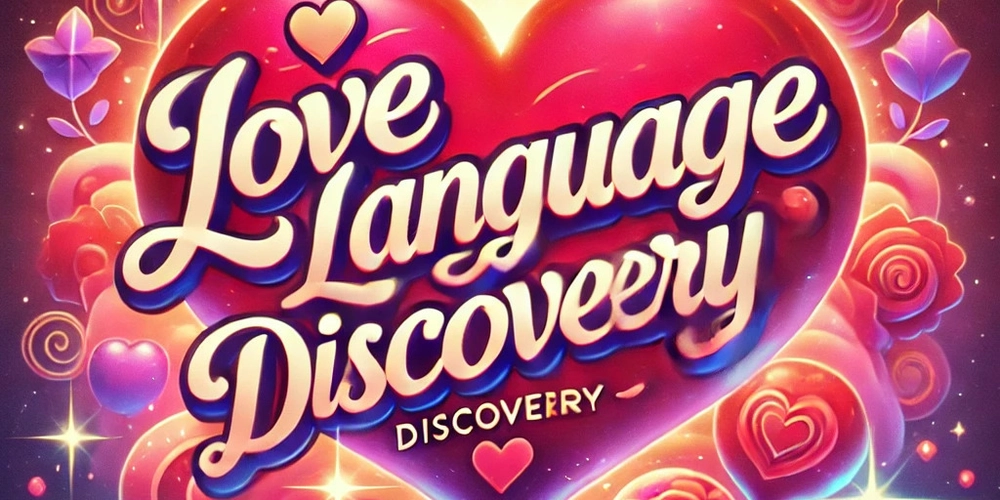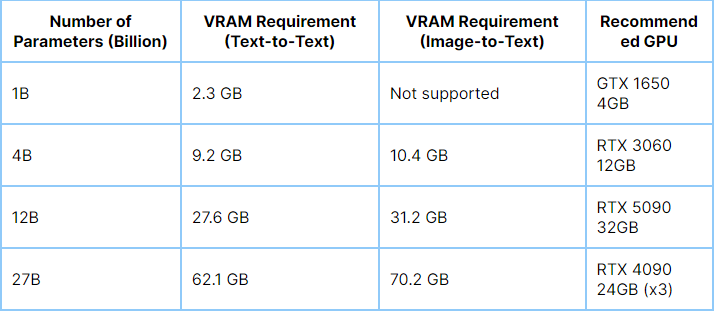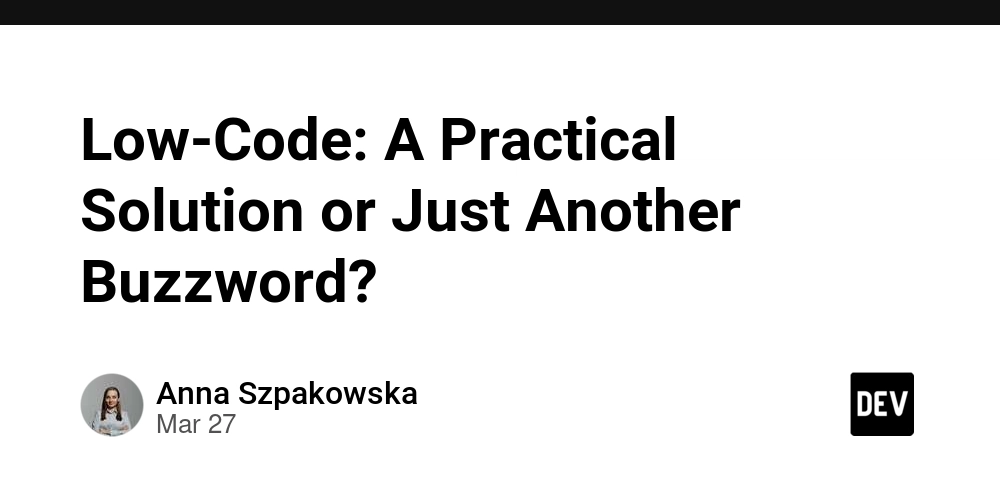This is a submission for Frontend Challenge - February Edition, Glam Up My Markup: Love Language Discovery What I Built I developed an interactive landing page that helps users discover their love language in a fun and engaging way. I split the project into three separate files (index.html, style.css, and script.js) to keep things neat—because even code needs its own little love nest. The landing page features: Animated Hero Section: A vibrant header with interactive language cards that respond to clicks with ripple effects and tooltips. It’s like a digital high-five for your heart! Dynamic Quiz: A multi-question quiz that updates a dynamic love language distribution chart. After the quiz, you get a visual breakdown of your answers in a colorful, animated bar chart—think of it as your very own love report card (extra credit for effort!). Interactive Stories Carousel: A story section featuring an auto-playing carousel with expandable content, heart animations on double‑click, and smooth navigation controls. Yes, you can double-click for a heart—because who doesn’t love a little romance in their code? Global Expressions Map: Clickable region markers that provide fun insights into how different cultures express love. I promise, these markers are more interesting than your average geography lesson! Daily Challenge Section: A section that displays a new love language challenge with a confetti-like animation and progress tracker. It’s like your daily dose of Cupid, but without the awkward winged costume. Social Sharing: Interactive share buttons for Twitter, Facebook, and Instagram that rotate and display floating tooltips upon clicking. Share your journey and let the world know that your code has more personality than a rom-com lead. My goal was to create a playful yet accessible experience that’s as colorful and engaging as your favorite love song (or at least, a really catchy pop tune). Demo You can check out : live demo of the project on CodePen or Journey I dove into this challenge with a blend of technical curiosity and the enthusiasm of someone who just discovered their favorite meme. During the development process, I learned more about advanced CSS animations (ripple effects, background shifts, and even confetti animations) and honed my JavaScript interactivity skills. I was especially proud of: The Interactive Chart: It updates in real time based on quiz responses and provides a visual summary that’s almost as satisfying as a perfectly brewed cup of coffee. The Story Carousel: Integrating auto-play with manual controls, along with heart animations on double-click, really brought the experience to life. It’s like having your own mini-romance novel that you can swipe through! The Modular Code Structure: Splitting the project into HTML, CSS, and JS files allowed me to keep the code clean and maintainable—because messy code is like a messy love letter, and nobody wants that. I plan to continue iterating on this project by exploring even more personalized data visualization techniques and adding extra accessibility features. I believe this project not only demonstrates my technical chops but also my ability to add a little humor and heart to my work. I loved taking part in such an incredible challenge.

This is a submission for Frontend Challenge - February Edition, Glam Up My Markup: Love Language Discovery
What I Built
I developed an interactive landing page that helps users discover their love language in a fun and engaging way. I split the project into three separate files (index.html, style.css, and script.js) to keep things neat—because even code needs its own little love nest. The landing page features:
Animated Hero Section: A vibrant header with interactive language cards that respond to clicks with ripple effects and tooltips. It’s like a digital high-five for your heart!
Dynamic Quiz: A multi-question quiz that updates a dynamic love language distribution chart. After the quiz, you get a visual breakdown of your answers in a colorful, animated bar chart—think of it as your very own love report card (extra credit for effort!).
Interactive Stories Carousel: A story section featuring an auto-playing carousel with expandable content, heart animations on double‑click, and smooth navigation controls. Yes, you can double-click for a heart—because who doesn’t love a little romance in their code?
Global Expressions Map: Clickable region markers that provide fun insights into how different cultures express love. I promise, these markers are more interesting than your average geography lesson!
Daily Challenge Section: A section that displays a new love language challenge with a confetti-like animation and progress tracker. It’s like your daily dose of Cupid, but without the awkward winged costume.
Social Sharing: Interactive share buttons for Twitter, Facebook, and Instagram that rotate and display floating tooltips upon clicking. Share your journey and let the world know that your code has more personality than a rom-com lead.
My goal was to create a playful yet accessible experience that’s as colorful and engaging as your favorite love song (or at least, a really catchy pop tune).
Demo
You can check out : live demo of the project on CodePen
or
Journey
I dove into this challenge with a blend of technical curiosity and the enthusiasm of someone who just discovered their favorite meme. During the development process, I learned more about advanced CSS animations (ripple effects, background shifts, and even confetti animations) and honed my JavaScript interactivity skills. I was especially proud of:
- The Interactive Chart: It updates in real time based on quiz responses and provides a visual summary that’s almost as satisfying as a perfectly brewed cup of coffee.
- The Story Carousel: Integrating auto-play with manual controls, along with heart animations on double-click, really brought the experience to life. It’s like having your own mini-romance novel that you can swipe through!
- The Modular Code Structure: Splitting the project into HTML, CSS, and JS files allowed me to keep the code clean and maintainable—because messy code is like a messy love letter, and nobody wants that.
I plan to continue iterating on this project by exploring even more personalized data visualization techniques and adding extra accessibility features. I believe this project not only demonstrates my technical chops but also my ability to add a little humor and heart to my work.
I loved taking part in such an incredible challenge.











































































































































































![[The AI Show Episode 142]: ChatGPT’s New Image Generator, Studio Ghibli Craze and Backlash, Gemini 2.5, OpenAI Academy, 4o Updates, Vibe Marketing & xAI Acquires X](https://www.marketingaiinstitute.com/hubfs/ep%20142%20cover.png)




























































































































![[DEALS] The Premium Learn to Code Certification Bundle (97% off) & Other Deals Up To 98% Off – Offers End Soon!](https://www.javacodegeeks.com/wp-content/uploads/2012/12/jcg-logo.jpg)


![From drop-out to software architect with Jason Lengstorf [Podcast #167]](https://cdn.hashnode.com/res/hashnode/image/upload/v1743796461357/f3d19cd7-e6f5-4d7c-8bfc-eb974bc8da68.png?#)








































































































.png?#)

































_Christophe_Coat_Alamy.jpg?#)
 (1).webp?#)





































































































![Apple Considers Delaying Smart Home Hub Until 2026 [Gurman]](https://www.iclarified.com/images/news/96946/96946/96946-640.jpg)
![iPhone 17 Pro Won't Feature Two-Toned Back [Gurman]](https://www.iclarified.com/images/news/96944/96944/96944-640.jpg)
![Tariffs Threaten Apple's $999 iPhone Price Point in the U.S. [Gurman]](https://www.iclarified.com/images/news/96943/96943/96943-640.jpg)




































































































































